Overview
3D Printing Lab Setup for Research and Development and Academics
A 3D printing lab or an additive manufacturing lab can be defined as a special research and experimental facility in which professionals, students and researchers discover the outcomes of the 3D printing technology. These labs are used to develop 3D models by gradually depositing material, which can be very useful for prototyping and for delivering goods to clients with their specific requirements.
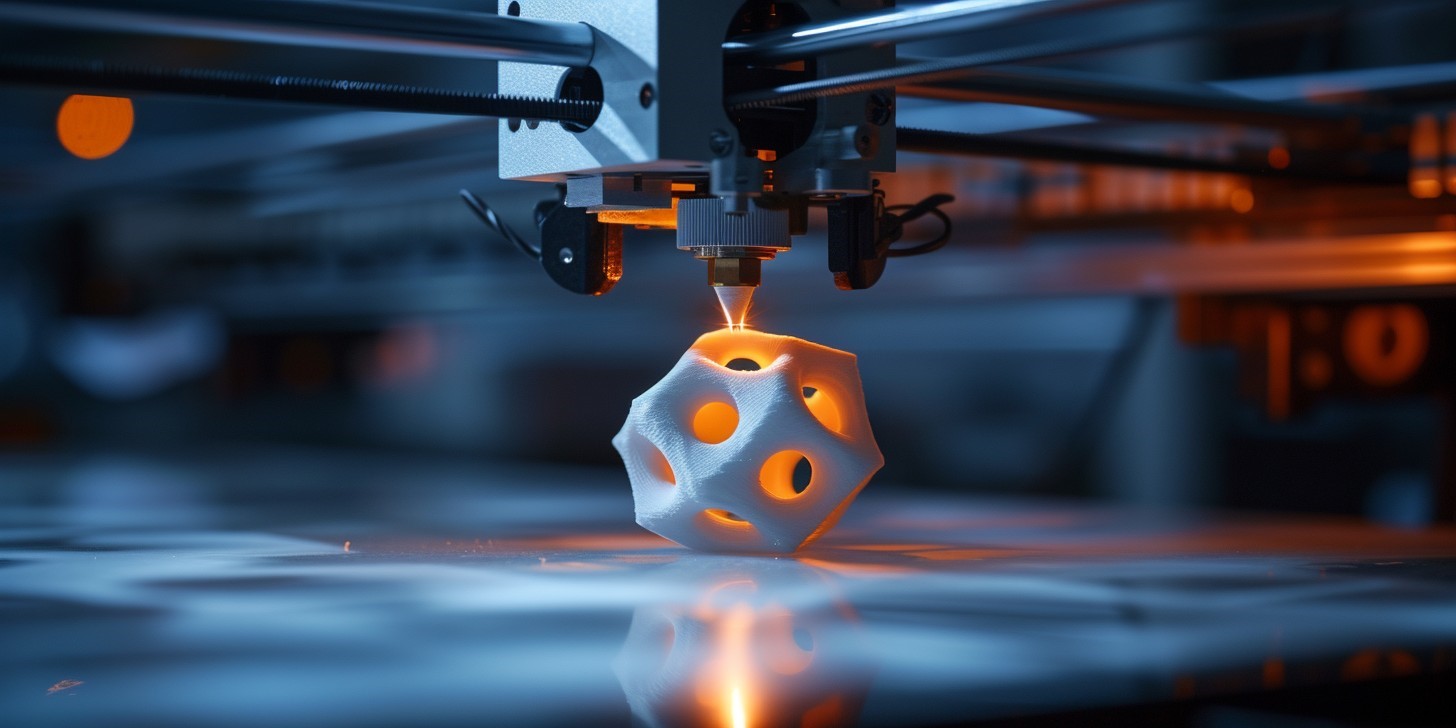
Features
Why Choose Our 3D Printing Lab Setup?
- 3D Printers: Labs contain several 3D printers such as Fused Deposition Modeling (FDM), Stereolithography (SLA), Selective Laser Sintering (SLS), etc., are used. Every printer has its own characteristics of the supported media types and printing materials.
- Materials Library: Printing materials are kept in the lab inventory; they include plastics such as PLA and ABS, resins, metals, ceramics, and composites. Different materials are tested in order to be applied in certain circumstances.
- CAD Software: Labs give access to Computer Aided Design – CAD for 3D model making. Then, based on the design specifications, researchers optimise their objects then print them.
- Post-Processing Stations: Many types of objects need post-processing after printing, which sometimes makes the structure of the process complicated. Working in labs, they have areas for washing, finishing, and painting of parts and constructions that were produced with the help of the 3D printer.
- Safety Measures: This is because labs incorporate the use of heated materials and lasers and hence they greatly stress on safety measures. Ventilations; fire fighting and protective clothing are other impotent elements.
- Collaboration Spaces: I do it with many other researchers, which gives an opportunity not only to exchange the ideas, but to discuss the problem and find the solution. Communal areas such as labs encourage the kind of thinking that leads to innovation.
Use Cases
Key Use Cases of 3D Printing Lab
- Prototyping: The 3D printing labs are most efficient in this process of rapid prototyping. They develop physical models that are more substantial and have specific use before they are produced in large numbers.
- Custom Manufacturing: Labs manufacture items such as parts, tools and any components that are required by other businesses. Some other industries which may be aerospace, automotive, or healthcare sectors prefer to have some standard pattern like that.
- Education and Research: Labs provide students with knowledge of 3d printing and promote research in the field of material science, designing algorithms and searching for better ways of printing.
- Art and Design: For sculptures, and Jewelry, as well as models, artists and designers engage in 3D printing. It enables geometries and creativity to be intricate.
- Medical Applications: Labs provide to the medical sector and in particular to medical devices, implants and anatomical models. Managers operate intricate operations through detailed models which are created using the patient’s property of 3D prints.

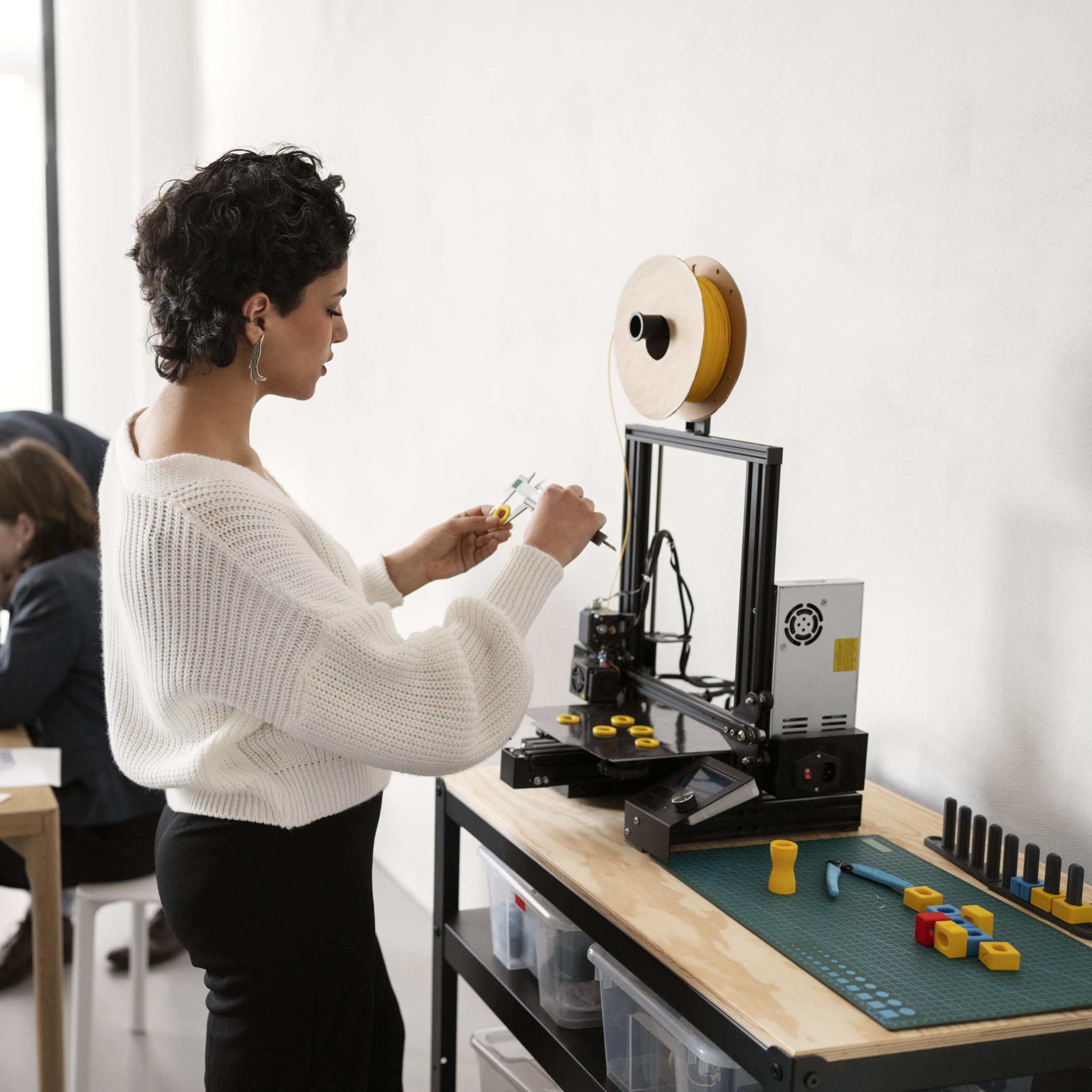
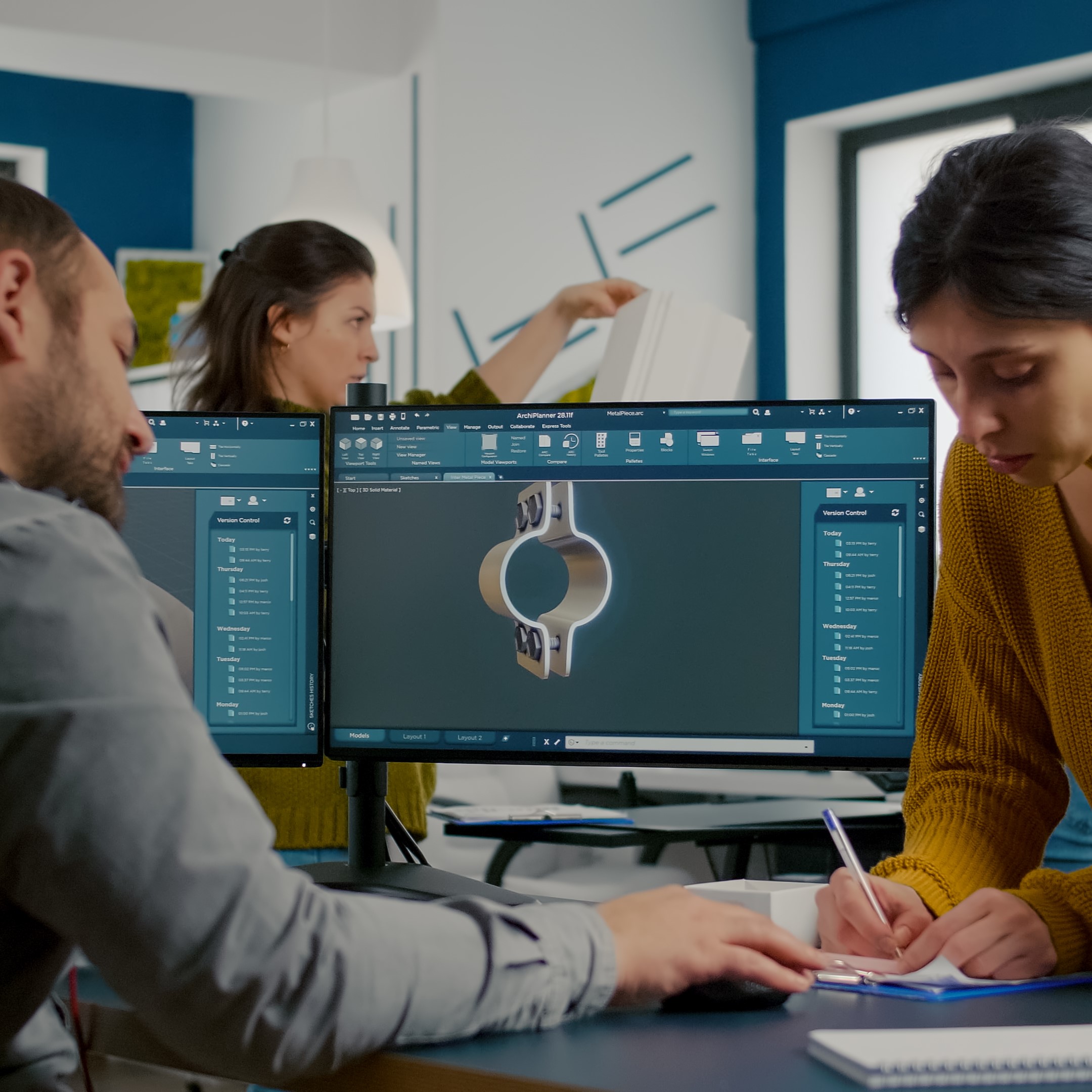

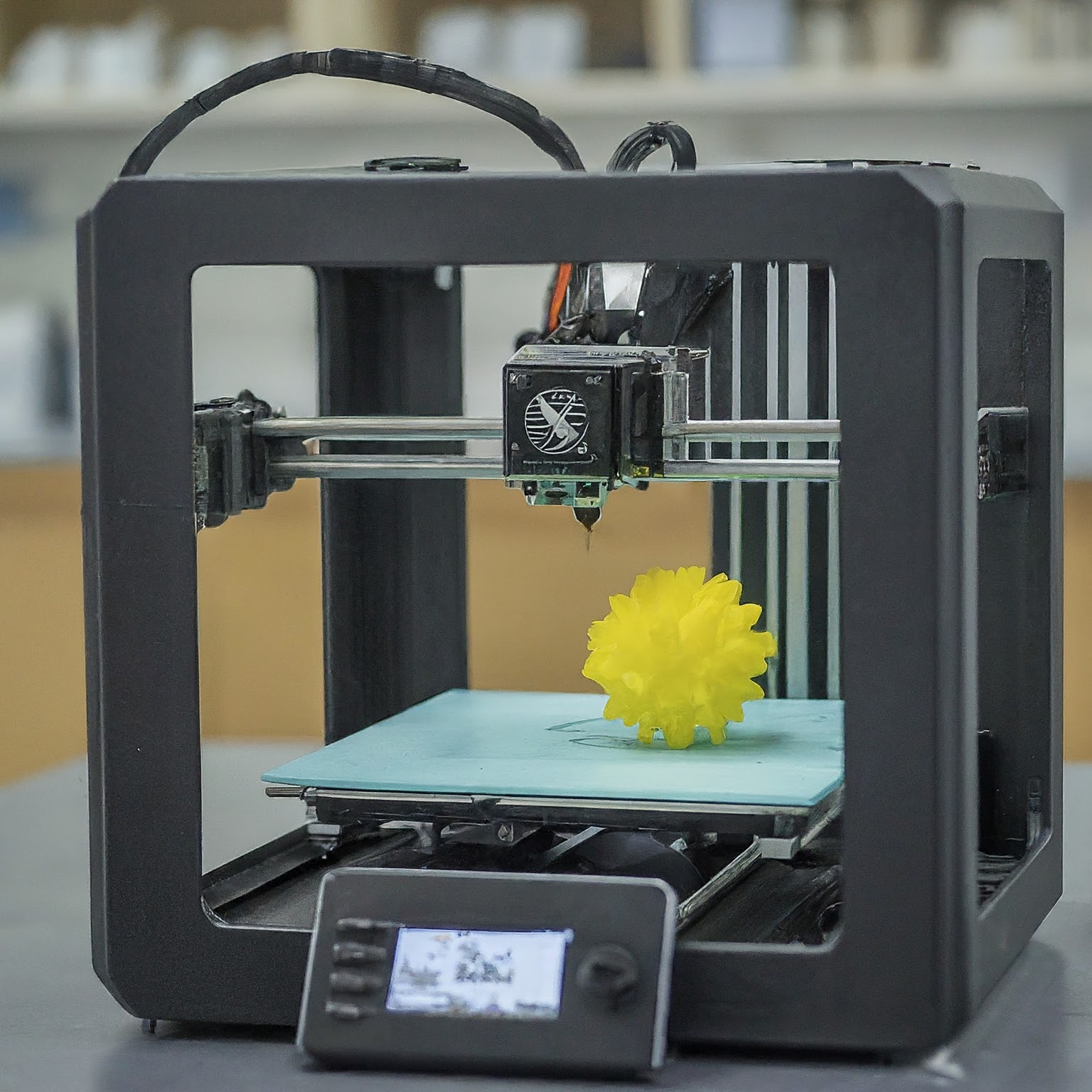
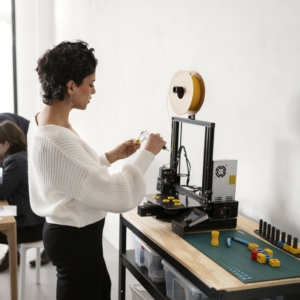
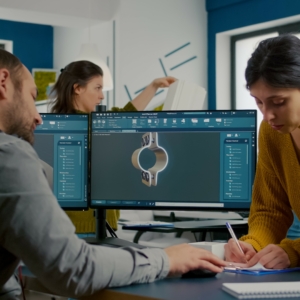
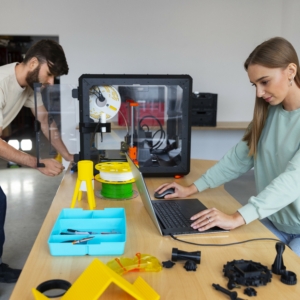
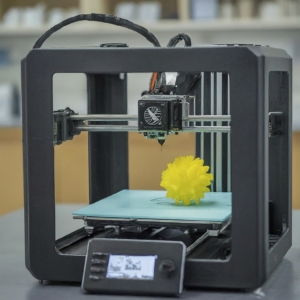

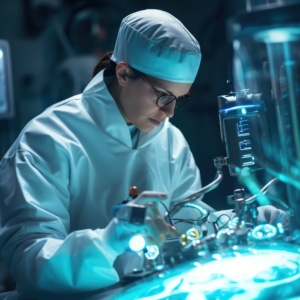
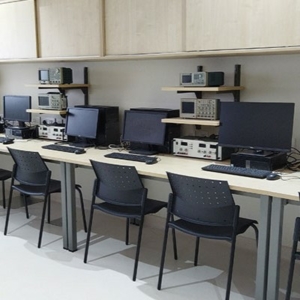

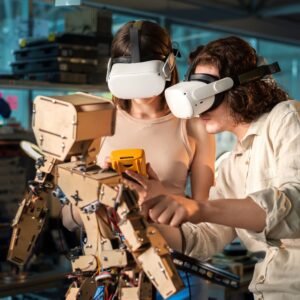

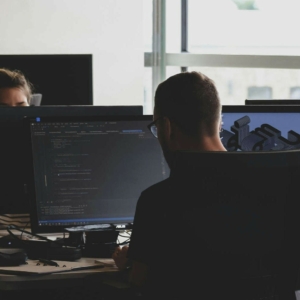
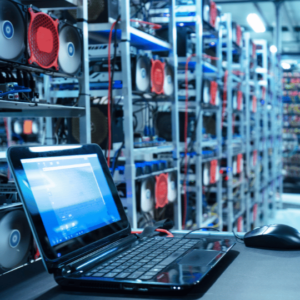

Reviews
There are no reviews yet.